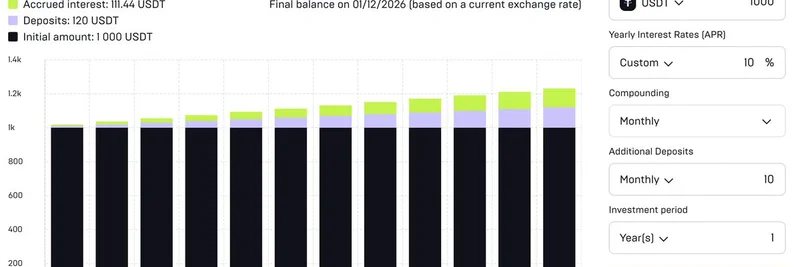Hey there, crypto enthusiasts! If you’ve been keeping an eye on the blockchain world, you’ve probably heard about the recent $42 million hack that hit GMX, a popular decentralized perpetual exchange. Posted by BSCNews on July 10, 2025, this incident has sent shockwaves through the community. Let’s break it down in simple terms and explore what happened, how it impacts the crypto space, and what’s next.
What Went Down with the GMX Hack?
The attack targeted GMX’s V1 version on the Arbitrum network, siphoning off around $42 million from its GLP liquidity pool. This pool holds a mix of assets like Bitcoin, Ether, and stablecoins, making it a juicy target for hackers. The good news? The newer V2 platform, the native GMX token, and other liquidity pools were left untouched. Still, the damage was significant, and the hacker didn’t waste time—moving about $9.6 million to the Ethereum network, converting it into DAI and ETH, and likely planning to launder it through Tornado Cash, a tool known for obscuring crypto transactions.
GMX reacted quickly by shutting down trading on V1 and pausing the minting and redeeming of GLP tokens across both Arbitrum and Avalanche networks. The team is now working hard to recover the funds and figure out the root cause. According to security firm SlowMist, the hack exploited a design flaw in how GMX V1 handled short positions, allowing the attacker to manipulate token prices and drain the pool. This flaw doesn’t exist in V2, which highlights the importance of regular updates in the fast-moving crypto world.
The Hacker’s Move and GMX’s Response
After the exploit, the hacker transferred the stolen funds with surprising efficiency. The $9.6 million moved to Ethereum was a clear sign they were covering their tracks. GMX, in a smart move, offered a 10% white-hat bounty—about $4.2 million—if the hacker returns the funds within 48 hours, with no legal action promised. It’s a bold attempt to turn a foe into a friend and limit the damage.
Users were advised to disable leverage and stop GLP minting as a precaution, while new GMX token minting on V2 was also paused. A full post-mortem is on the way once the investigation wraps up, so we’ll get more clarity soon.
Why This Matters for Crypto
This isn’t the first big hack this year—think Bybit’s $1.4 billion loss in February or Cetus DEX’s $220 million theft in May. These incidents show that even decentralized exchanges, which are supposed to be safer due to their structure, aren’t immune to attacks. The vulnerability in GMX V1’s short position mechanism is a wake-up call for developers to double-check their code and for users to stay vigilant.
The use of Tornado Cash also raises red flags. This mixer has been linked to laundering over $1 billion, including funds tied to the Lazarus Group, a North Korean cybercriminal outfit. It’s a reminder that while crypto offers freedom, it also attracts bad actors who exploit its anonymity.
What’s Next for GMX and the Crypto Community?
GMX is in damage-control mode, and the community is watching closely. If the hacker takes the bounty, it could set a precedent for handling future exploits ethically. Meanwhile, this event pushes the industry to prioritize security. Regular audits, better smart contract designs, and user education are key to preventing these breaches.
For meme token fans and blockchain practitioners, this is a chance to learn. Platforms like meme-insider.com are here to help you stay updated with the latest news and build your knowledge base. Whether you’re trading or just curious, understanding these incidents can make you a savvier player in the crypto game.
Stay tuned for more updates as the story unfolds. Got thoughts on the GMX hack? Drop them in the comments—we’d love to hear from you!


